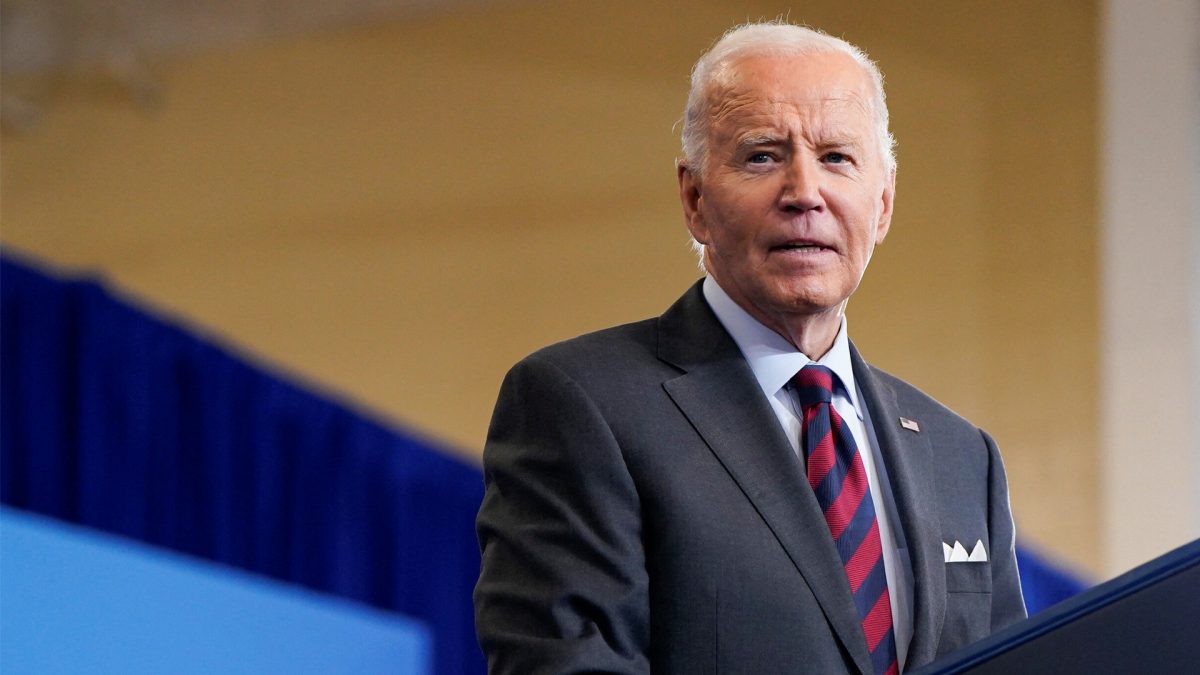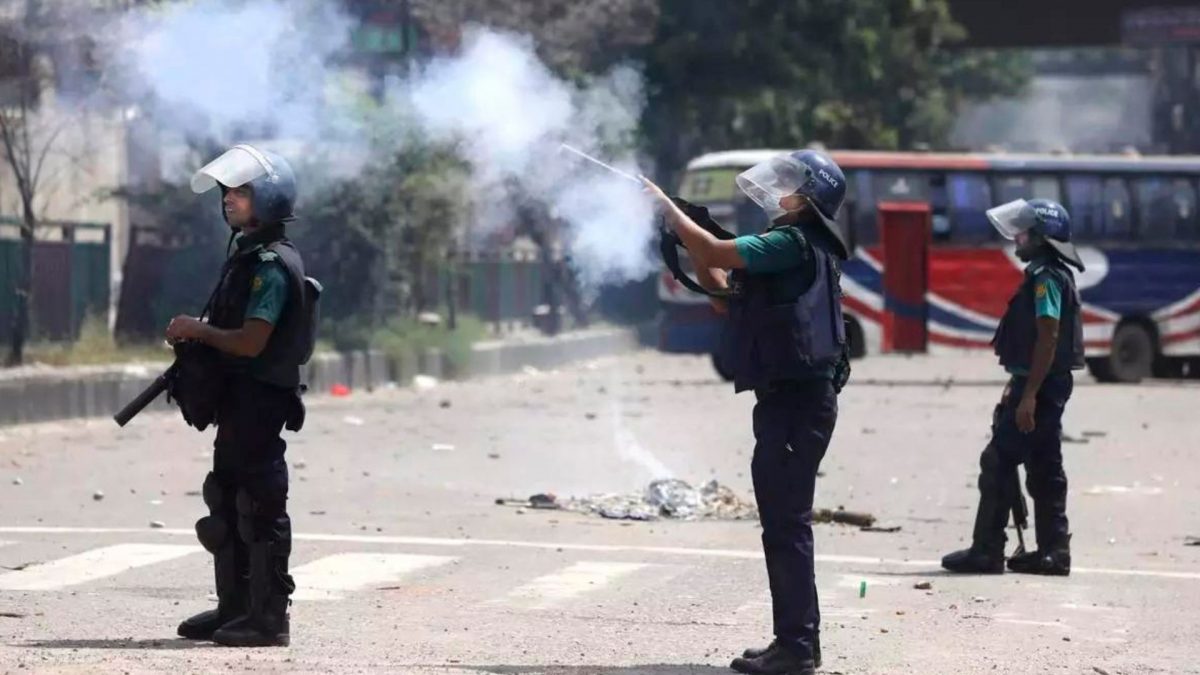The Indian government is also using AI to strengthen its anti-spam efforts. AI tools are being used to identify and disable mobile connections obtained through fake KYC documents. TRAI is also exploring the introduction of a mandatory caller ID system called CNAP read more
)
Many Indians have reported receiving scam or spam calls from international numbers via WhatsApp and other over-the-top (OTT) platforms in recent months, highlighting the ongoing challenges in tackling such issues. Image Credit: Pexels
The Indian government has introduced a robust two-tier system to block incoming scam and spam calls from international numbers.
The initiative, spearheaded by the Department of Telecommunications (DoT), aims to protect Indian users from the growing threat of international spoofed calls that have been plaguing phone networks across the country.
Two-tiered system to combat international spoofing
The newly launched anti-spam system consists of two phases. In the first phase, Indian telecom service providers (TSPs) will block international spoofed calls originating from numbers belonging to their own networks. The second phase, which involves a more centralised approach, will prevent spoofed calls made by subscribers of other telecom operators from reaching Indian users.
According to the Ministry of Communications’ press release on October 4, the first phase has already seen success, with all four TSPs implementing the system. So far, approximately one-third of spoofed calls — 4.5 million — have been blocked from entering the Indian telecom network. The second phase, designed to address the remaining spoofed calls, is expected to be commissioned soon.
However, despite these efforts, the Ministry warned that scammers might still find alternative ways to bypass the system. Many Indians have reported receiving scam or spam calls from international numbers via WhatsApp and other over-the-top (OTT) platforms in recent months, highlighting the ongoing challenges in tackling such issues.
Broader anti-fraud efforts
The DoT has taken multiple steps to curb the misuse of telecom networks in the past. One significant measure includes setting up a Digital Intelligence Unit (DIU) to counter cybercrime and financial frauds. Additionally, the government launched the Sanchar Saathi portal, allowing citizens to track and block their lost or stolen mobile phones across India.
To further bolster cybersecurity, the DoT has established a Digital Intelligence Platform to facilitate real-time information sharing between local authorities, central agencies, banks, telecom operators, and other key stakeholders. This coordinated approach aims to prevent online scams and safeguard users from various forms of digital fraud.
AI to curb spam
The Indian government is also leveraging artificial intelligence (AI) to strengthen its anti-spam efforts. AI tools are being used to identify and disable mobile connections obtained through fake Know Your Customer (KYC) documents. Additionally, the Telecom Regulatory Authority of India (TRAI) has directed all telecom operators to implement AI and machine learning (ML) systems to detect and block spam calls and SMS from unregistered telemarketers.
To further reduce spam calls, TRAI is exploring the introduction of a mandatory caller ID system called CNAP (Calling Name Presentation) and considering differential tariffs for users making over 50 calls or sending more than 50 SMSes per day. These measures aim to create additional barriers for telemarketers and scammers, enhancing the overall security of India’s telecom networks.
With these multi-layered efforts, the Indian government is stepping up its fight against telecom fraud, aiming to provide a safer and more secure communication environment for its citizens.

 1 month ago
10
1 month ago
10
)
)
)
)
)
)
)
)
)
)
)
)
)
)
)
)
)
)
)
)
)
)
)
)
)
 English (US) ·
English (US) ·